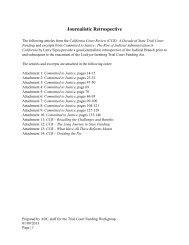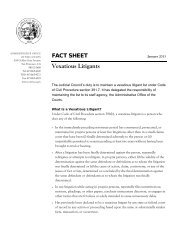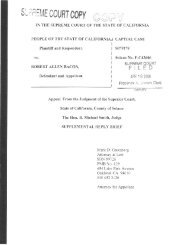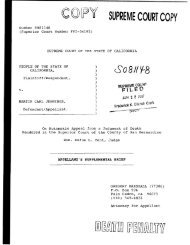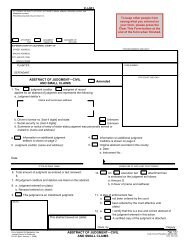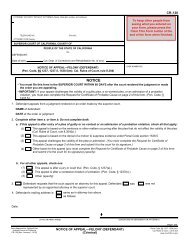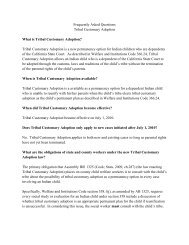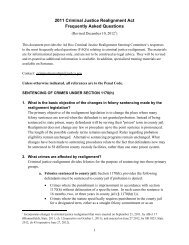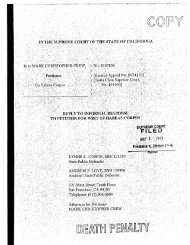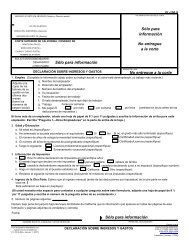Appellant, William Satele, Reply Brief - California Courts - State of ...
Appellant, William Satele, Reply Brief - California Courts - State of ...
Appellant, William Satele, Reply Brief - California Courts - State of ...
You also want an ePaper? Increase the reach of your titles
YUMPU automatically turns print PDFs into web optimized ePapers that Google loves.
Furthennore, it is well established that arguments <strong>of</strong> counsel cannot replace<br />
or supersede instructions from the trial court. (Carter v. Kentucky (1981) 450 U.S.<br />
288, 304; see Soule v. General Motors Corp. (1994) 8 Cal.4th 548, 586 Arabian,<br />
J., concurring and dissenting - "Counsel's argument was merely that -- argument-<br />
unless and until a ratifying instruction from the trial court dignified it with the<br />
force <strong>of</strong>law."; People v. Mathews (1994) 25 Cal.App.4th 89, 99 -"[I]nstruction by<br />
the trial court would weigh more than a thousand words from the most eloquent<br />
defense counsel.") Therefore, the prosecutor's arguments cannot replace correct<br />
jury instructions when it comes to detennining what elements the jury thought that<br />
it had to find in order to detennine that the enhancement had been proven.<br />
In sum, for the reasons stated herein, the jury was neither correctly nor<br />
adequately instructed on the gang enhancement.<br />
C. Chapman's Harmless-Error Standard Is the Governing Standard <strong>of</strong><br />
Review<br />
In their respective openmg briefs, both appellants contended that the<br />
governing standard <strong>of</strong>review for the challenged instructional error is the harmless<br />
error standard announced in Chapman v. <strong>California</strong> (1967) 386 U.S. 18. (Nunez<br />
AOB 132-133, joined by appellant at AOB p. 329.) Chapman analysis compels<br />
reversal unless respondent has "prove[d] beyond a reasonable doubt that the error .<br />
. . did not contribute to" the jury's verdict. (Id. at p. 24.)<br />
Respondent, however, contends the proper standard is the harmless-error<br />
standard announced in People v. Watson (1956) 46 Ca1.2d 818, 836. Watson<br />
requires reversal if it is "reasonably probable" that the trier <strong>of</strong> fact would have<br />
reached a result more favorable to the defendant but for the error. (Id. at p. 836.)<br />
Respondent is wrong; the applicable standard is Chapman.<br />
Respondent relies on People v. Sengpadychith (2001) 26 Ca1.4th 316, 158<br />
159, 172-174.) In Sengpadychith, this court concluded that instructional error<br />
pertaining to a gang enhancement provision attached to an indeterminate term<br />
43



